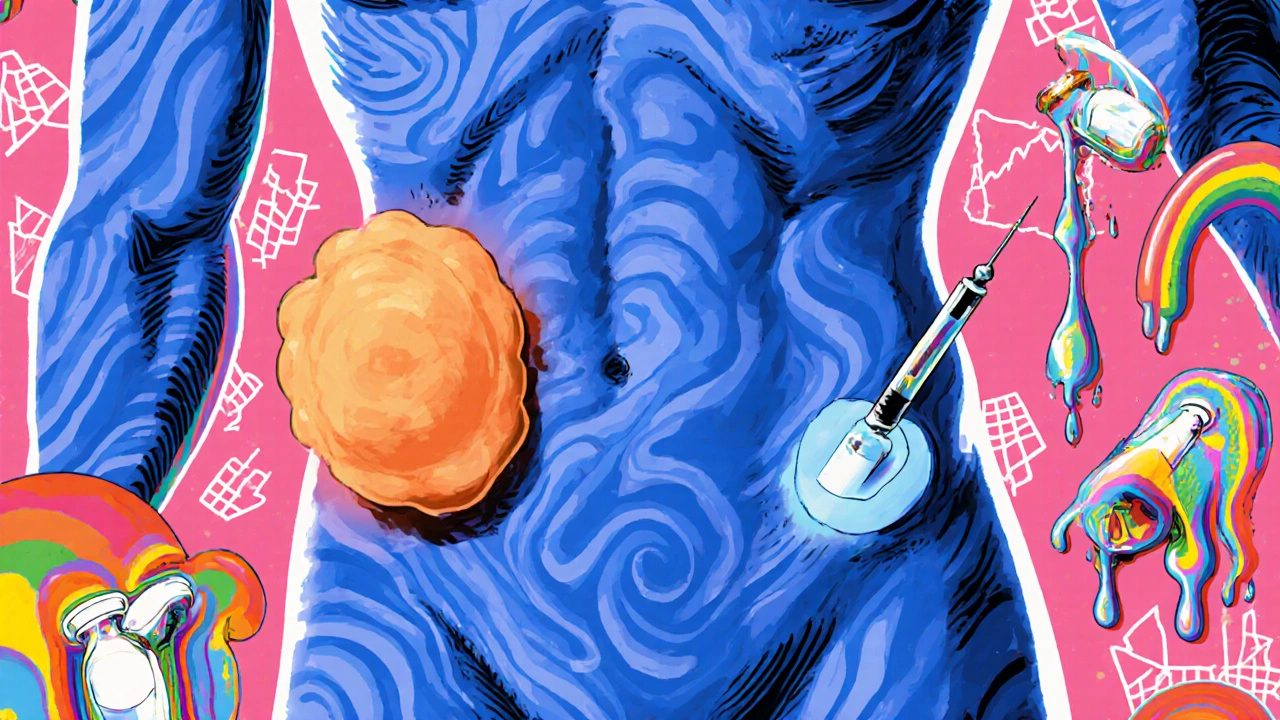Lipohypertrophy: Causes, Risks, and What You Can Do
When you inject insulin regularly, your body doesn’t always respond the way you expect. One quiet but serious side effect is lipohypertrophy, a buildup of fatty tissue under the skin caused by repeated insulin injections in the same spot. Also known as insulin-induced lipohypertrophy, it’s not just a cosmetic issue—it can mess with how well your insulin works, leading to unpredictable blood sugar spikes and drops.
This isn’t rare. Studies show up to half of people using insulin long-term develop it, especially if they reuse needles or stick to the same injection areas like the belly or thighs. The fat lumps that form aren’t just soft bumps—they act like barriers, slowing down insulin absorption. That means your dose might seem right on paper, but your body isn’t getting it when or how it should. You might think your blood sugar is out of control because of diet or stress, but the real culprit could be hidden under your skin.
It’s not just about where you inject—it’s about how often you rotate. People who don’t change sites enough, or who keep injecting into the same few inches of skin, are at highest risk. Even if you’re careful with hygiene and dosage, skipping rotation is enough to trigger this. And because lipohypertrophy doesn’t hurt or look scary at first, many ignore it until their numbers start swinging wildly. The good news? It’s preventable. Switching injection sites regularly, using fresh needles every time, and checking your skin monthly can stop it before it starts.
Related issues like insulin injections, the method used to deliver insulin for diabetes management and diabetes, a chronic condition requiring precise medication timing and delivery are deeply tied to this problem. If you’re managing diabetes, your injection technique is as important as your diet or exercise. And if you’ve noticed lumps or uneven skin where you inject, it’s not just ‘normal’—it’s a warning sign.
Below, you’ll find real, practical posts that dig into how lipohypertrophy connects to insulin use, how to spot it early, and what steps you can take to protect your body and your blood sugar control. No fluff. Just clear info from people who’ve been there and found what works.
Lipodystrophy and bruising from insulin injections are common but often overlooked. Learn how to spot them, why they affect your blood sugar, and how to prevent them with simple technique changes.
